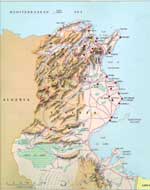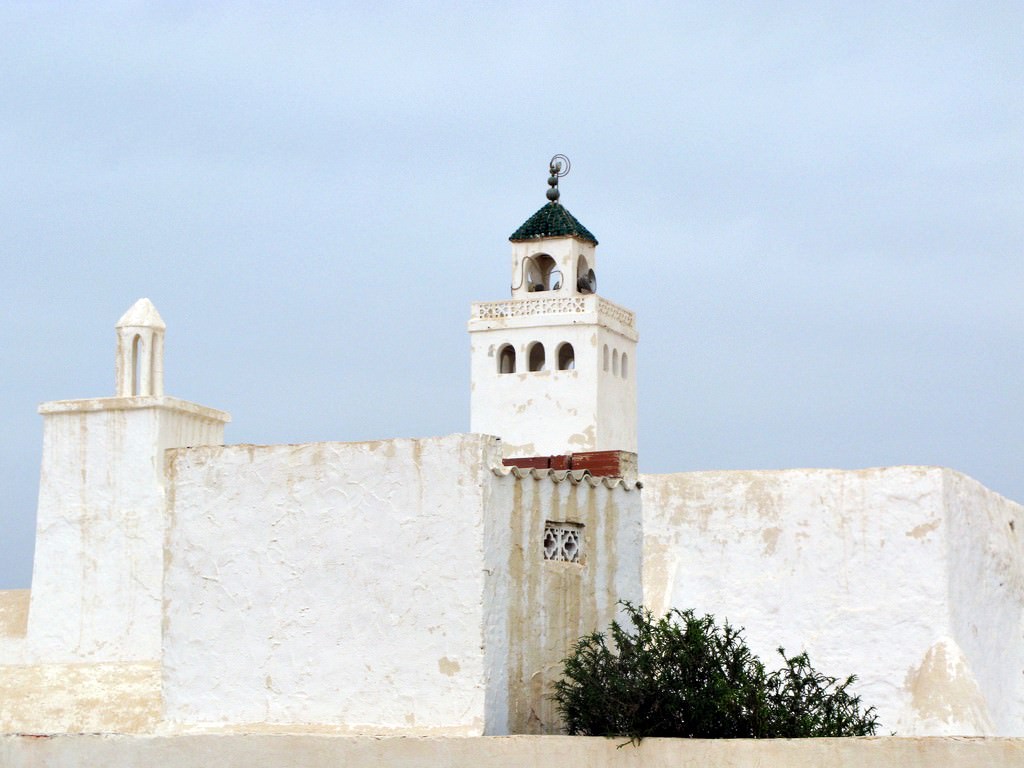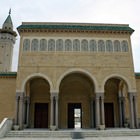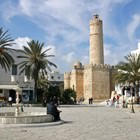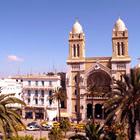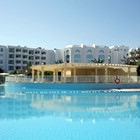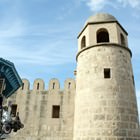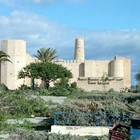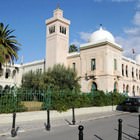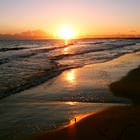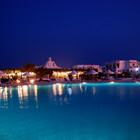National economy of Tunisia - industries, GDP and prosperity level
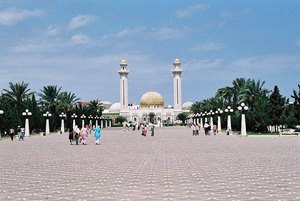 Before Tunisia became an independent republic, it was considered an agrarian country. However, from 1959, the industrial base in the territory of Tunisia began to develop actively. Experts believe that the overall economic set-up of Tunisia depends directly on the export of oil and various minerals that are found in the country. A major contribution to the economy comes from the material processing sphere, as well as tourism. The state devotes much attention to the agriculture sector, however its profit indicators are much less when compared to revenue gotten from the oil and solid minerals sector. Many note that the economic situation in Tunisia has improved significantly in recent years, thanks to the approval of the necessary reforms for the development of domestic and foreign policy and due to successfully concluded trade relations.
Before Tunisia became an independent republic, it was considered an agrarian country. However, from 1959, the industrial base in the territory of Tunisia began to develop actively. Experts believe that the overall economic set-up of Tunisia depends directly on the export of oil and various minerals that are found in the country. A major contribution to the economy comes from the material processing sphere, as well as tourism. The state devotes much attention to the agriculture sector, however its profit indicators are much less when compared to revenue gotten from the oil and solid minerals sector. Many note that the economic situation in Tunisia has improved significantly in recent years, thanks to the approval of the necessary reforms for the development of domestic and foreign policy and due to successfully concluded trade relations.
The best way to get acquainted with culture of Tunisia is to make excursions to its largest cities. In every of them travelers will find various …
Read further
Read further
Tunisia is dominated by a subtropical climate. The Mediterranean Sea is the main influence on the formation of weather conditions. Summer in the …
Read further
Read further
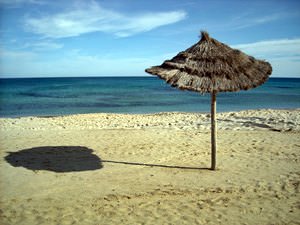 As for the manufacturing industry, it is dominated by the textile and clothing industries. Much of what is produced is exported. In addition, other products from the manufacturing industry include cement, footwear, various tobacco products, pulp and paper products, as well as furniture products. At present, foreign trade in Tunisia has not become normal yet. According to last year’s data, the country still has a deficit, as the cost of imported products is much higher than the profit from products exported. Above all, Tunisia purchases machines and various equipment, as well as refined products, food, wood and lots more.
As for the manufacturing industry, it is dominated by the textile and clothing industries. Much of what is produced is exported. In addition, other products from the manufacturing industry include cement, footwear, various tobacco products, pulp and paper products, as well as furniture products. At present, foreign trade in Tunisia has not become normal yet. According to last year’s data, the country still has a deficit, as the cost of imported products is much higher than the profit from products exported. Above all, Tunisia purchases machines and various equipment, as well as refined products, food, wood and lots more.
The transport infrastructure in Tunisia is quite well developed. The most popular form of public transportation is buses. Depending on the carrier’s …
Read further
Read further
This article about Tunisia economics is protected by the copyright law You can re-use the content, but only under the condition of placement of an active link to www.orangesmile.com.
Saudi Arabia to Open 38 Hotels in Diriyah
Diriyah is one of the first mega projects in Saudi Arabia. Hotels and other infrastructure will start opening next year, and all works are expected to end in 2026. The first 18 restaurants in Bujairi Terrace will start operating already in early 2022. Read this
Read this
24.04.2024
Diriyah is one of the first mega projects in Saudi Arabia. Hotels and other infrastructure will start opening next year, and all works are expected to end in 2026. The first 18 restaurants in Bujairi Terrace will start operating already in early 2022.
24.04.2024
Tunisia by photo artists
Microeconomics of Tunisia cities - shopping
There are a few interesting small markets in the Skanes area. They mostly specialize in selling groceries. The markets will be interesting to those who want to buy exotic fruit, spices, and popular national confectionery. Literally each market has stalls with popular souvenirs. There are also modern shopping malls in the city. Yasmina Center is one of the largest ones. It’s known for a wide variety of souvenir departments where you can buy popular aroma oils, ceramics, wooden goods … Read more 
We would also recommend going to an exchange point in a hotel or any large bank in order to get Tunisian dollars instead of your casual ones. In addition, if you exchange a bi sum, don’t hesitate to ask for a check. With this check, you’ll be able to receive those money you haven’t managed to spent back in dollars or euros right in the airport. It’s better to save all checks after every buy, actually, in order not to have any troubles at customs. Try to make some time to have a … Read more 


 English
English Russian
Russian Nederlands
Nederlands Deutsch
Deutsch Español
Español Français
Français Türkçe
Türkçe